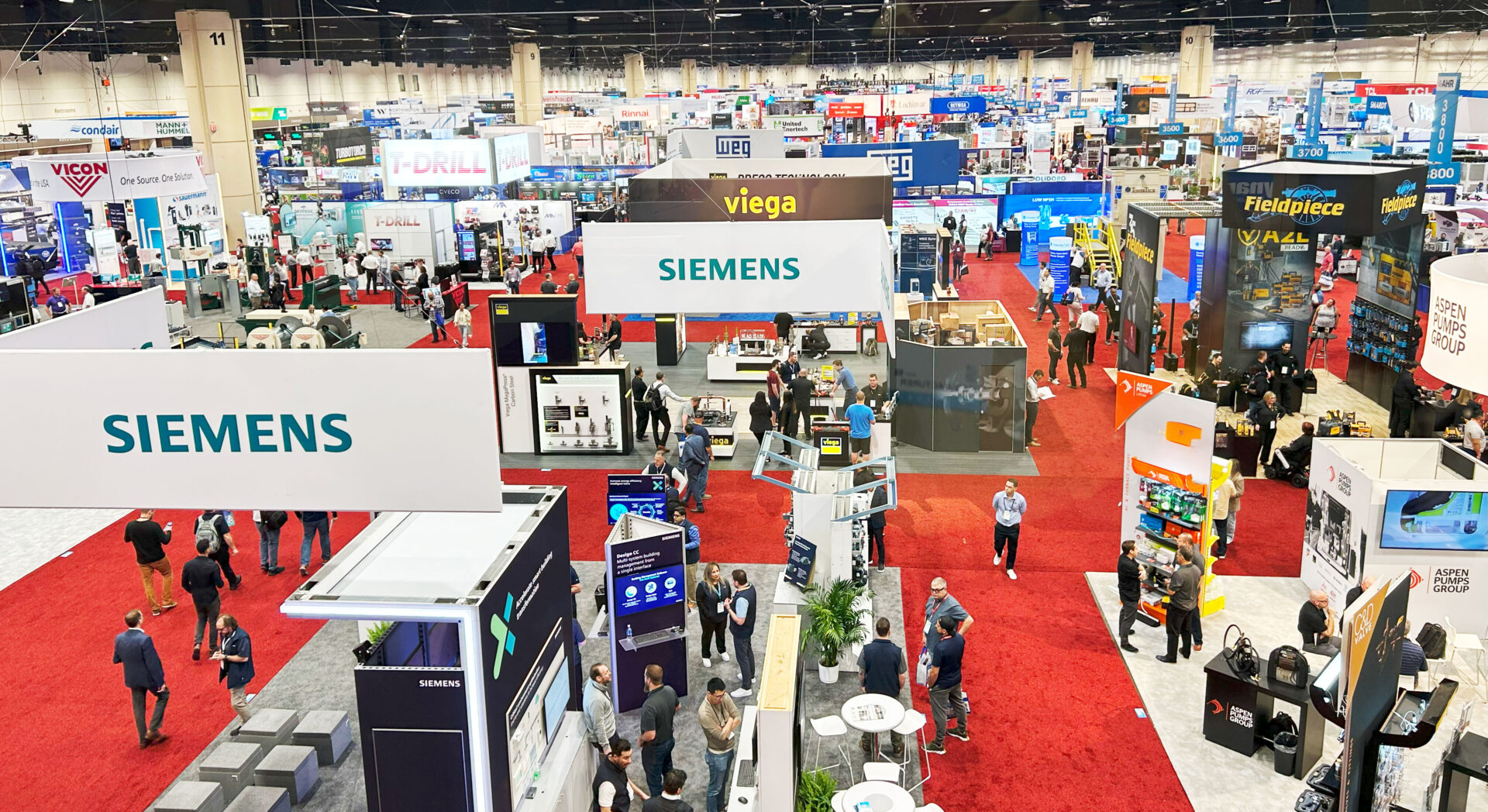
The Importance of Improving Indoor Air Quality in Senior Care Facilities
With the increasing number of wildfires happening across North America every year, providing optimal indoor air quality in senior living facilities has never been more essential. Last year, wildfire smoke affected 120 million people in Canada and the United States, triggering air quality alerts across these regions.
Seniors are particularly vulnerable to poor air quality as a majority typically suffer from pre-existing cardiac or respiratory conditions. The particulate matter from wildfire smoke exacerbates these issues, making improved indoor air quality more than an issue of comfort, but of prioritizing senior resident wellbeing.
The good news is that improving indoor air ventilation and filtration to support the well-being of senior living communities is more accessible than ever before, it just requires deploying the right solutions that can both improve IAQ and also optimize it so that every dollar invested delivers a return.
Most senior care facilities are not equipped to combat poor indoor air quality
Wildfires, once considered a seasonal threat, are now a prolonged menace due to climate change, affecting air quality over vast distances. Research indicates that smoke particles from these fires can travel thousands of miles, penetrating buildings that are not adequately equipped to filter them out. Senior living facilities, designed primarily for comfort and accessibility, often lack the necessary infrastructure to combat this type of air pollution.
Indoor air quality monitors are not mandated in senior care facilities, but are a must for preventative action
Currently, all senior care facilities are mandated to have smoke monitors for internal incidents, but the same is not true for indoor air quality monitors. The benefit of monitoring air quality in real time is that care facilities can alert residents and staff to dangerous levels of pollution indoors. Insights could also guide the necessity for use of additional protective measures like respirators or masks.
Pairing IAQ monitors with smart HVAC systems offer senior care facilities the offense they need to optimize for comfort, wellbeing, cost savings, and energy efficiency all at once
Investing in indoor air quality monitors and HVAC control optimization ensures a stable and comfortable environment for senior residents and their caretakers. Optimized HVAC systems also use energy more efficiently and can be integrated into BMS systems for remote monitoring and control, ensuring optimal performance and quick issue response times. This investment improves resident satisfaction, safety, and emergency preparedness, positioning the facility as a responsible and attractive option in the healthcare community.
Download our Building Intelligence Index to learn more about the value of indoor air quality and HVAC optimization in your buildings.
By measuring indoor air quality and indoor environmental quality, you can optimize building performance and save on energy consumption without compromising tenant experience. Learn more about how to use integrated building analytics to identify and create energy-saving opportunities tailored to your spaces via our Building Intelligence Index.
More posts you might like
-

3 Key Takeaways from AHR Expo 2025: What’s Shaping the Future of HVAC
The 2025 AHR Expo brought together HVAC industry leaders, innovators, and professionals to showcase the latest advancements in heating, ventilation, and air conditioning. Here are the key insights that stood out from our team on the ground. 1. Smart Technology is Enhancing, Not Replacing, Traditional HVAC A significant shift observed at this year’s expo is […]
-

Webinar Recap: Redefining Energy Efficiency
As commercial energy costs continue to rise, building operators are looking for faster, cost-effective solutions to reduce waste and improve efficiency. Heating, Ventilation, and Air Conditioning (HVAC) systems account for nearly 60-70% of total building energy consumption, making them one of the largest opportunities for savings. However, traditional HVAC systems often operate on outdated schedules, […]
-

Wildfire Smoke: Understanding the Impact on Indoor Air Quality
As we face yet another intense wildfire season, with significant events already impacting regions across the country, the challenges to air quality, both outdoors and indoors, are more pressing than ever. Wildfires contribute up to 50% of “ultrafine” particles in the air; tiny pollutants that can travel hundreds of miles and infiltrate indoor spaces, affecting […]

